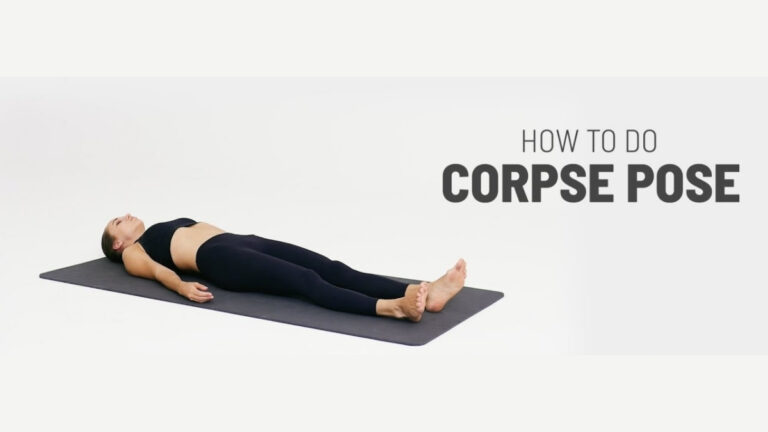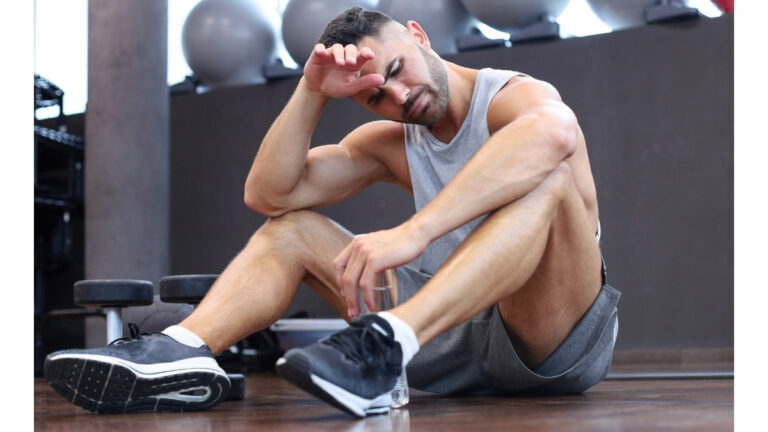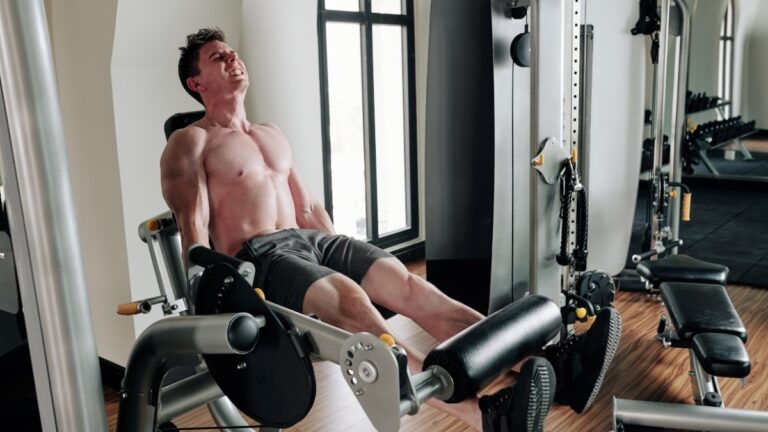Breaking: Researchers Stunned by This Daily Routine That Makes Muscles Biologically 50 to 25

What if you could stop, and even reverse, the muscle weakness and fatigue that’s often seen as “normal” aging? This decline has a name: sarcopenia. It’s the real reason we feel weaker, less stable, and more tired.
After age 30, most adults lose 3-8% of their muscle mass every decade. You have likely felt it yourself. Maybe your grip isn’t as strong, or stairs just feel harder.
But new 2025 research confirms this decline is not inevitable. The “stunning routine” you’ve heard about is not a single secret. It is a powerful two-part system that works.
This article is the complete guide to that system. We give you the precise “stimulus” (exercise) and “fuel” (nutrition). This is your plan for sarcopenia prevention 2025 and how to reverse muscle aging.
🏋️ Your Weekly Workout Plan
A balanced approach to building strength and endurance
👆 Click any day to see detailed workout information
What Does “Biologically Younger” Muscle Actually Mean?
You may notice that you feel weaker or more tired than you did years ago. This isn’t just a feeling; it’s a real process called sarcopenia. It is the loss of muscle mass, strength, and function as you age.
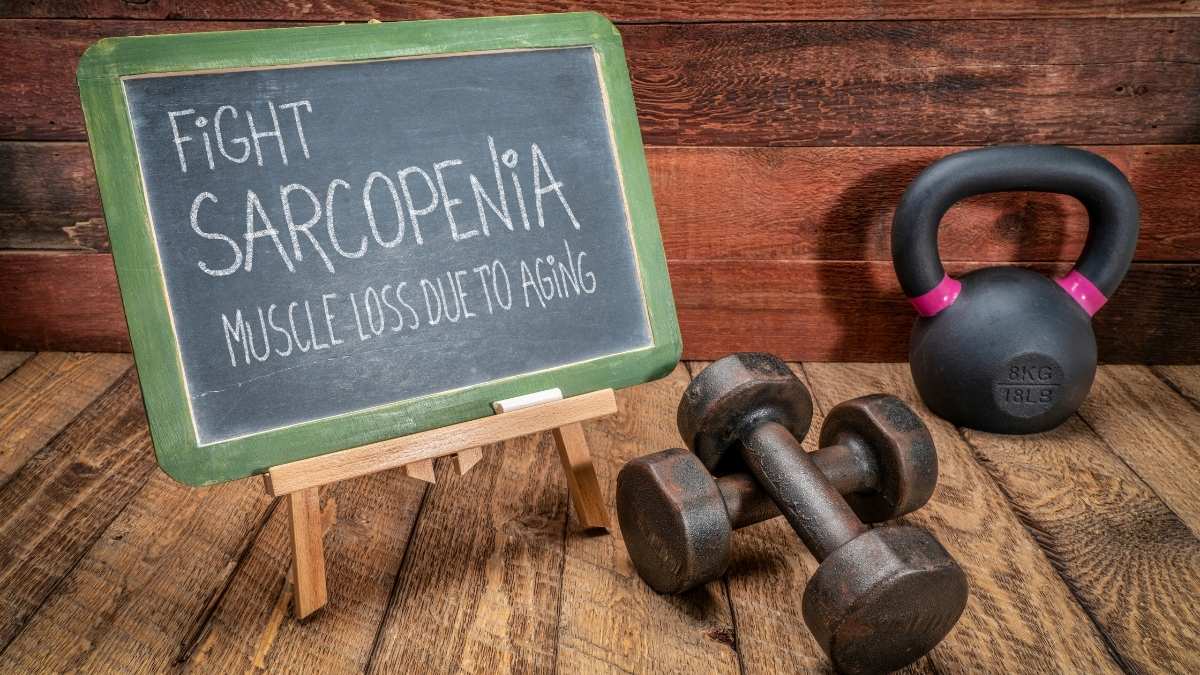
Current 2025 research shows most adults lose 3-8% of their muscle mass per decade after 30. This decline speeds up after 60, making daily tasks harder and increasing the risk of falls.
This process creates a high biological muscle age. “Old” muscle has fewer and weaker “energy factories,” which are called mitochondria. It also loses the important Type II “power” fibers, which you need for quick, strong movements.
Older muscle also becomes stubborn. It struggles to use the protein you eat to repair and build new tissue. This key problem is called anabolic resistance.
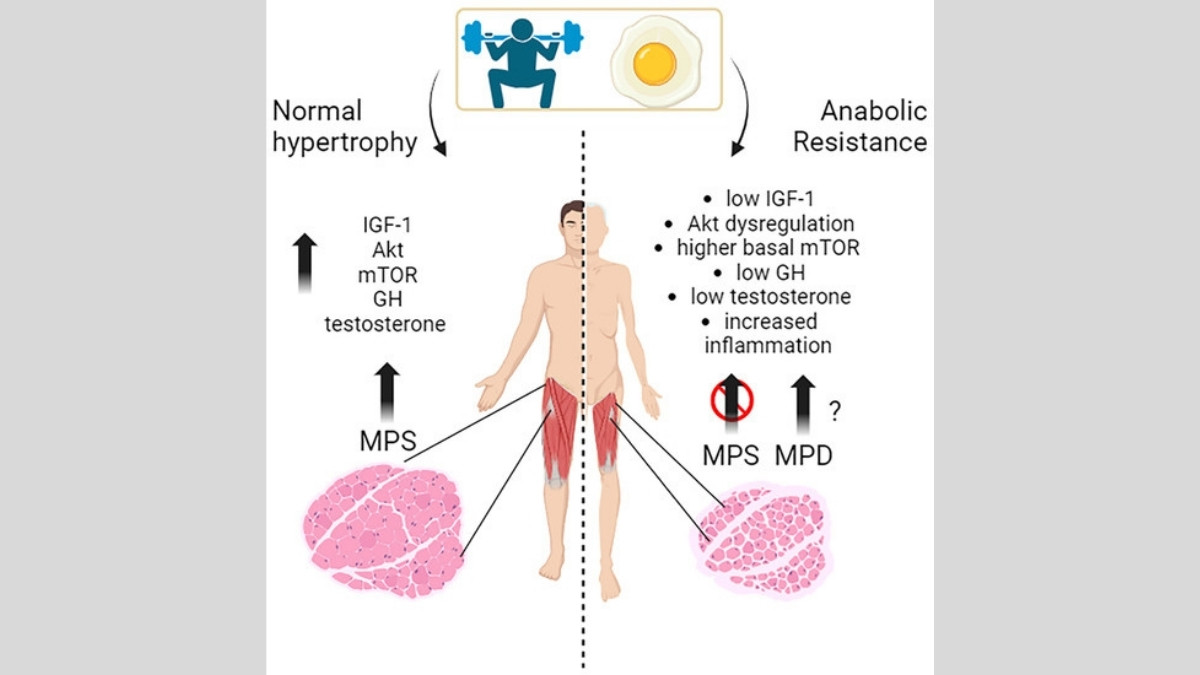
So, that “50 to 25” claim is a metaphor for reversing these issues. “Young” muscle is not about your birthday. It is muscle that is strong, has lots of energy, and repairs itself easily. This guide shows you how to build that kind of muscle through sarcopenia prevention 2025.
The 2025 Routine (Part 1): The “Stimulus” to Force Adaptation
This is the most critical part of the entire plan. Your muscles are efficient. They will not stay strong or grow unless you give them a very good reason to.
You must create a “stimulus,” or a signal, that tells your body it needs stronger muscles to survive and thrive. That signal is not a gentle walk.

The best, most proven stimulus is progressive resistance training. This is the core of your new daily routine for muscle health.
What is it? It simply means lifting challenging weights. Then, over time, you gradually make the exercise harder to keep your muscles adapting.
Here’s why it works: Pushing your muscles to (or near) failure creates tiny, safe “micro-tears” in the muscle fibers.
This is not damage. This is a signal. Your body responds by repairing those fibers, making them thicker and stronger than before. It also builds new “energy factories” (mitochondria) to fuel them.
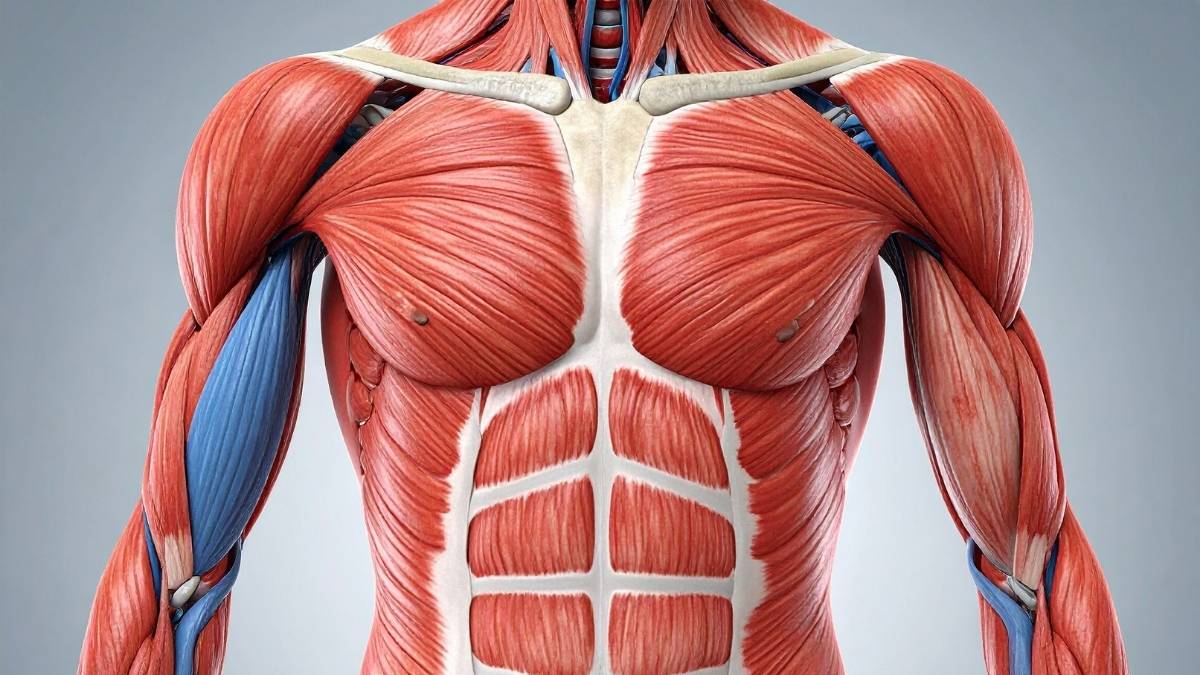
You are literally forcing your body to build younger, more capable muscle. This is how you reverse the decline.
It is not about spending hours in a gym. It is about consistency and intensity. You can do this at home with your own body weight or a few dumbbells.
Your Actionable Plan: Frequency and Intensity

- Frequency: Aim for 2 to 4 sessions per week. Your muscles need a day of rest in between to do the repair work.
- Intensity: This is the secret. You must train close to “failure.” That means using a weight where you can only complete 6 to 12 repetitions.
- The last one or two reps should be very hard to finish while keeping good form. Do 2-3 sets of each exercise.
Key Exercises for a Stronger Body
We will focus on compound exercises. These are big movements that use multiple muscle groups at once. They give you the most benefit in the least amount of time.
1. Sit-to-Stand Squats
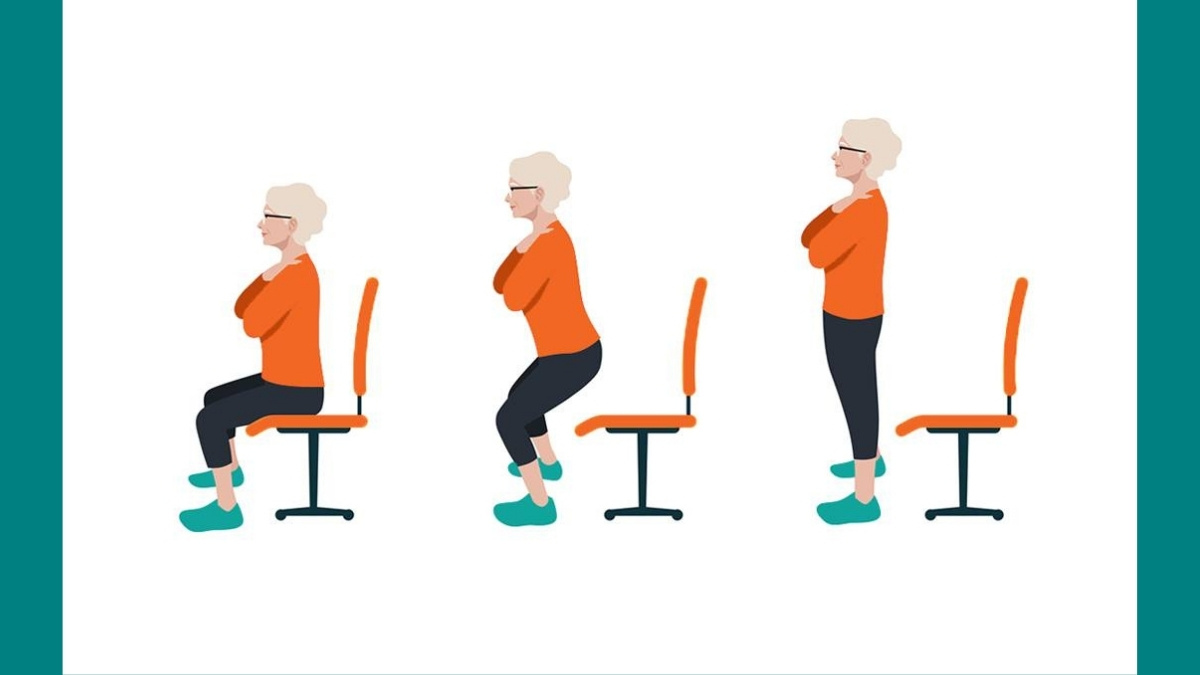
Why it works: This is the most functional exercise on earth. You do it every time you get out of a chair. It builds power in your legs, glutes, and core.
How to do it: Sit on the edge of a sturdy chair, feet flat on the floor. Without using your hands, stand up. Then, slowly lower yourself back down with control.
How to progress: Start with a chair. When that gets easy, do it without the chair (a bodyweight squat). When that is easy, hold a dumbbell or a heavy book.
2. Modified Push-Ups
Why it works: This builds your entire upper body: chest, shoulders, and triceps. It is a vital movement for pushing and remaining independent.
How to do it: Start by facing a wall and pushing away from it. This builds the basic pattern and strength.
How to progress: Once wall push-ups are easy (for 12 reps), move to the floor with your knees down. When you can do 12 of those, you are ready to try a full push-up from your toes.
3. Dumbbell Row
Why it works: We spend all day hunching forward. This exercise pulls your shoulders back and builds a strong upper back. It is one of the best fixes for bad posture.
How to do it: You can use a dumbbell, a milk jug, or a heavy bag. Lean on a chair or bench with one hand. Hold the weight in the other.
How to progress: Pull the weight up toward your hip, squeezing your shoulder blade. Lower it slowly. The “progressive” part is simply using a heavier weight as you get stronger.
4. Calf Raises
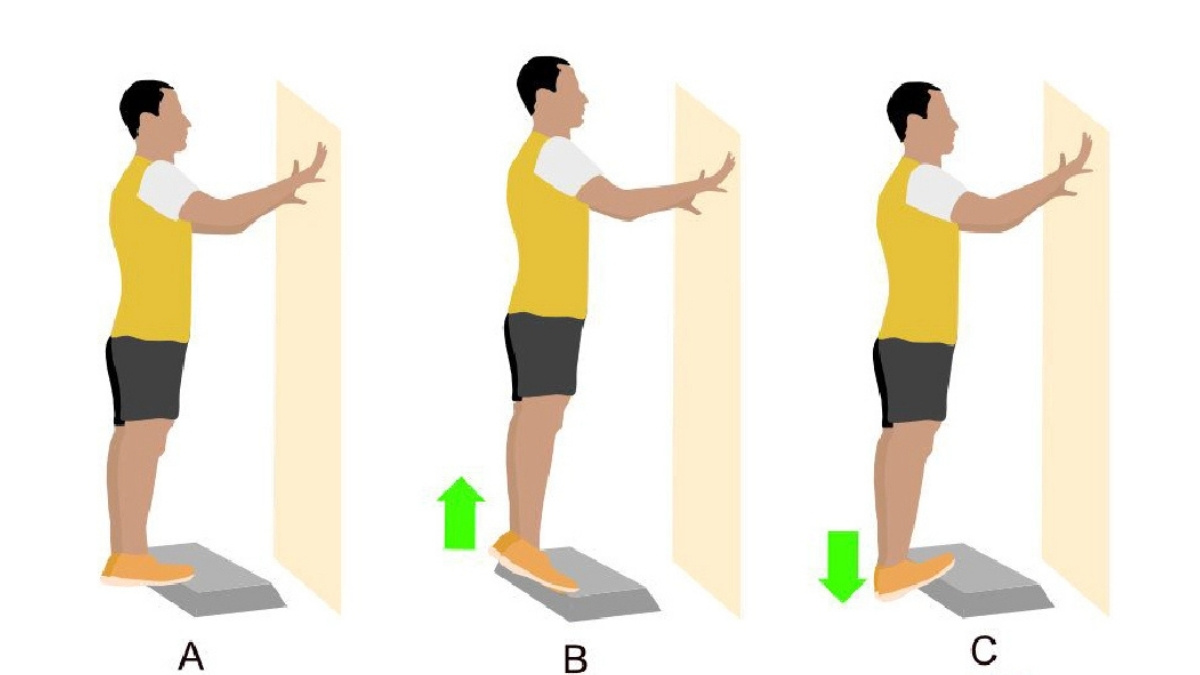
Why it works: Your calves are key for balance and walking power. Strong calves help prevent falls and keep you stable on your feet.
How to do it: Stand near a wall for balance. Slowly raise your heels off the ground as high as you can. Hold for a second, then lower them back down.
How to progress: Start with two feet. When you can do 15-20 easily, do them on one foot at a time. This is much harder and builds serious stability.
This is Part 1. This is the “signal.” But this signal is useless if you do not give your body the building blocks to repair the muscle.
That’s where Part 2, the “fuel,” comes in.
The 2025 Routine (Part 2): The “Fuel” to Rebuild and Reverse Aging
You have now sent the “signal” to your body with resistance training. That signal tells your body to get stronger. But your body cannot build muscle out of thin air.

This is where the “fuel” comes in, and it is just as important as the exercise. Without the right fuel, the signal is wasted, and you will not get stronger.
Here is the problem: As people age, their bodies get worse at using protein. This is a known issue called anabolic resistance. It means the old, standard advice is wrong.
You have probably heard the old rule: “You need 0.8 grams of protein per kilogram of body weight.” For an aging adult trying to build muscle, that is simply not enough.
The New Protein Rule for 2025
To fight anabolic resistance, you need more protein. How much more?
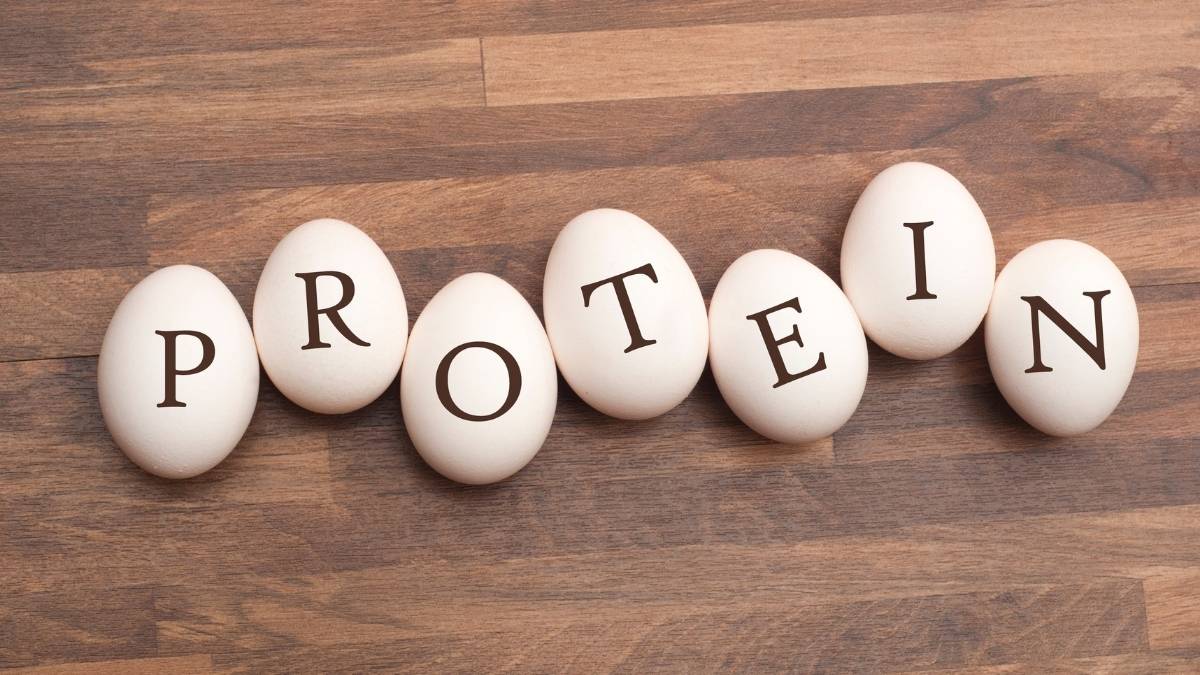
2025 expert consensus, from longevity doctors like Peter Attia, suggests a new target. Aim for 1.6 to 2.0 grams of protein per kilogram of your ideal body weight.
A simpler way to think about it is about 1 gram of protein per pound of your goal body weight. This new target gives your body the extra resources it needs.
It’s Not Just How Much, It’s When
You cannot just eat all that protein at dinner. Your body cannot use 100 grams of protein all at once. You must trigger your body’s muscle-building switch all day long.
This switch is called muscle protein synthesis (MPS). To flip this switch on, you need a large enough dose of protein in one sitting.
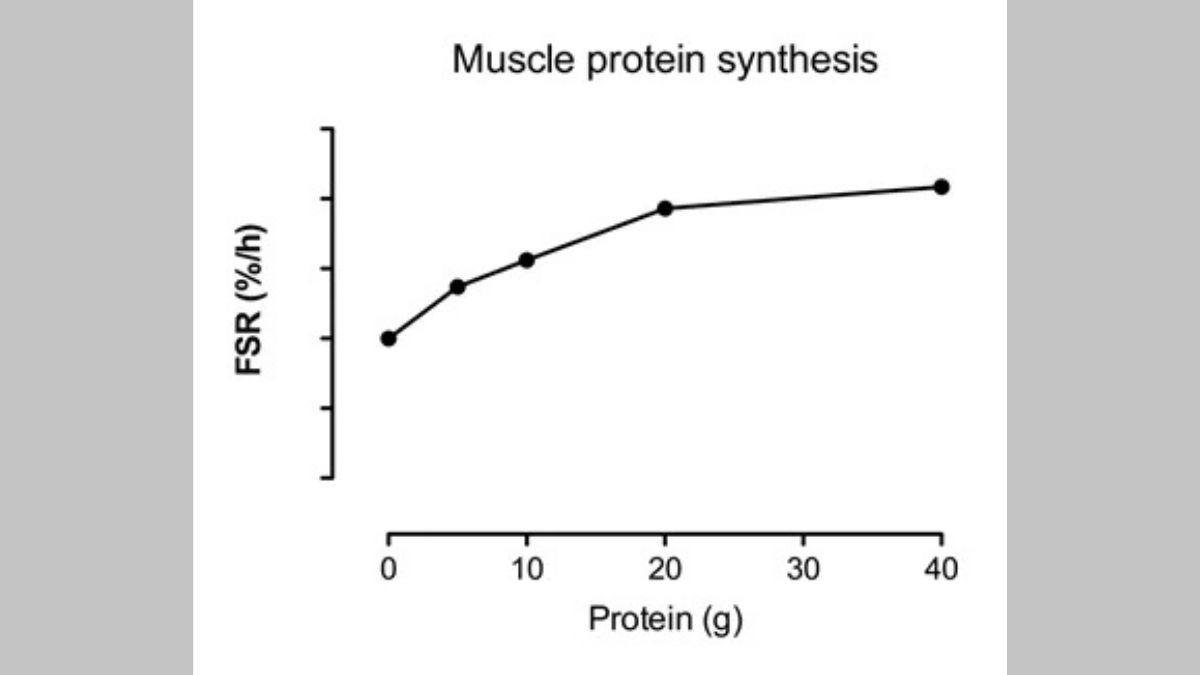
The best way to do this is to eat 3 to 4 meals per day. Each of these meals should have at least 30 to 40 grams of protein.
This pattern hits the MPS switch multiple times. This tells your body to “build, build, build” instead of “decline, decline, decline.”
- 30g Protein Looks Like:
- One medium chicken breast.
- 1.5 cups of Greek yogurt.
- A large scoop of whey protein powder.
The Bonus Tip: Your Best “Add-On”
There is one supplement that is proven to help this process. It is called Creatine Monohydrate.
It is the most-studied sports supplement on the planet. It is safe and very effective.
Creatine helps your muscles produce more power during your workouts. This lets you lift a little heavier, which sends a stronger signal to your body.
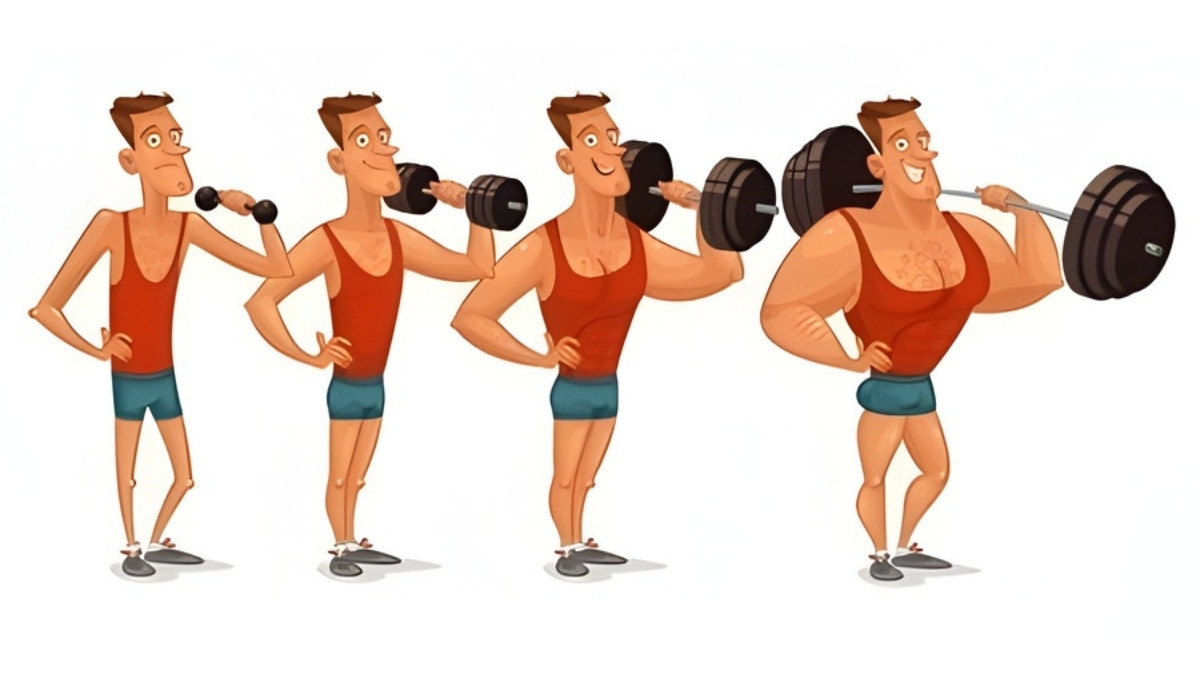
The plan is simple: Take 5 grams of creatine monohydrate every day. Mix it in water or your morning coffee. It does not need to be fancy or expensive.
This is the complete system. You use progressive resistance training to create the stimulus. Then, you use high-quality protein for muscle aging as the fuel to rebuild.
Putting It All Together: Your 7-Day Actionable Protocol
Let’s put the ‘stimulus’ and ‘fuel’ parts together. This is the complete system in one simple plan. This is the true actionable daily routine.

The ‘routine’ is about being consistent every day. You are either creating the stimulus or focusing on recovery. This system ensures your muscles are always rebuilding.
Here is a sample schedule you can start this week.
On your ‘Resistance’ days, try to improve just a little. Add one more rep or 5 more pounds. This is ‘progressive overload,’ and it is the key to growth.
Lastly,
Here is the conclusion, written to be 80 words or less and follow your rules.
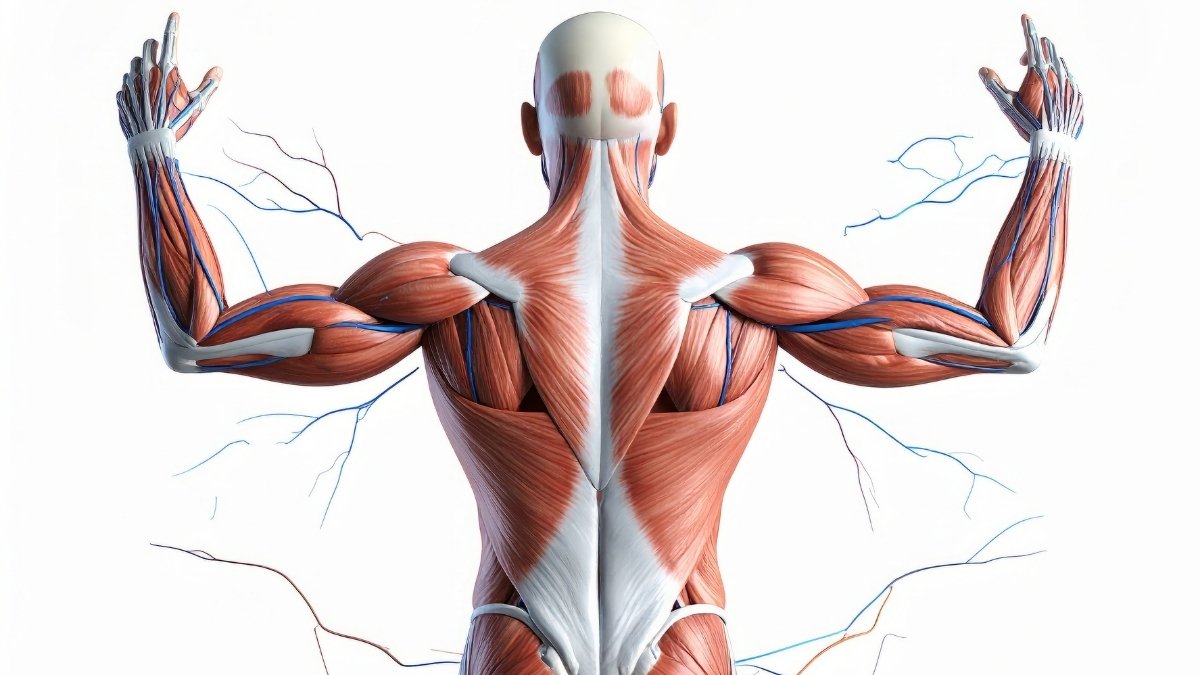
The “stunning” routine to reverse muscle aging isn’t a secret. It is the proven discipline of two simple things. First, the “stimulus” of progressive resistance training 2-4 times a week.
Second, the “fuel” of high-quality protein. Aim for 1.6 to 2.0 grams per kilogram of body weight daily. You must have both the signal and the building blocks.
Do not let sarcopenia define your future. Pick one small action to start today. Either calculate your protein goal or schedule your first 30-minute workout.

